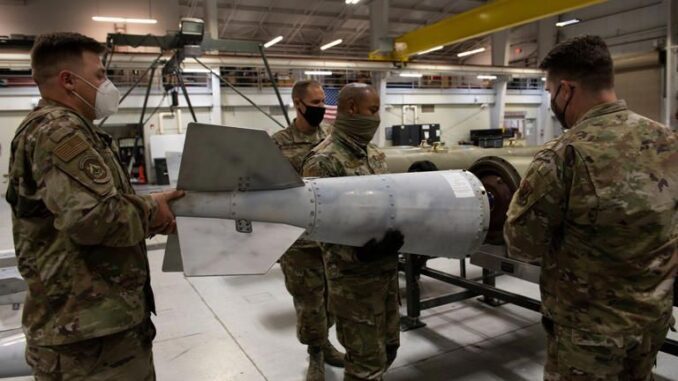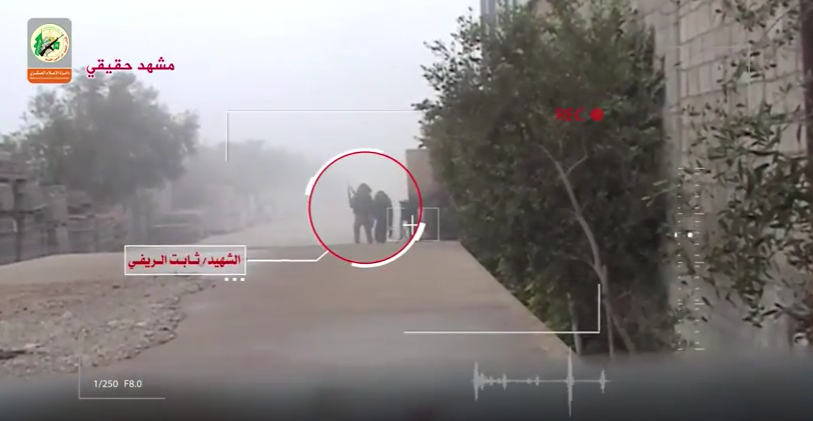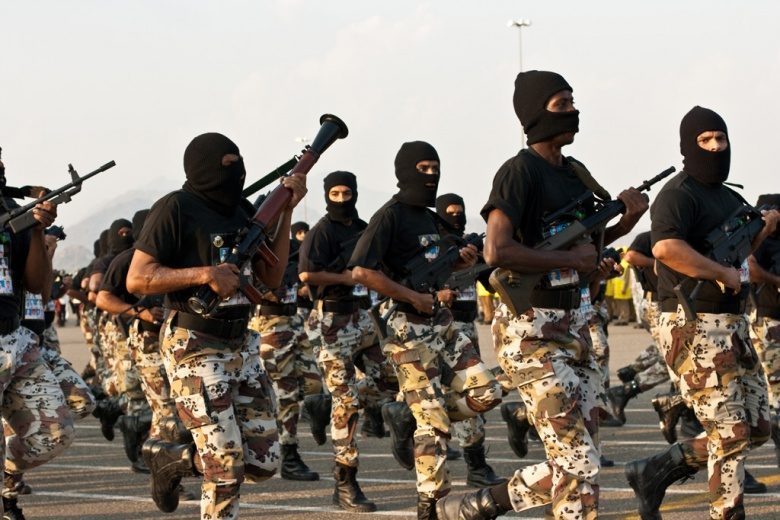
The United States has given Israel several types of bombs and artillery shells, including ground-penetrating munitions, reported Wall Street Journal.
The American newspaper said in a report that the United States has given so-called ‘bunker buster’ bombs and an array of other munitions to Israel for its war on Gaza.
The U.S. has provided Israel with large bunker buster bombs, among tens of thousands of other weapons and artillery shells, to help dislodge Hamas from Gaza, Jared Malsin and Nancy A. Youssef stated in their WSJ report, citing U.S. officials.
The bomb carries a warhead weighing more than 900 kilogrammes (19,80 pounds) and has previously been used by the US in conflicts including the war in Afghanistan.
The surge of arms, including roughly 15,000 bombs and 57,000 artillery shells, began shortly after the Oct. 7 attack and has continued in recent days, the officials said.
The U.S. hasn’t previously disclosed the total number of weapons it sent to Israel nor the transfer of 100 BLU-109, 2,000-pound bunker buster bombs.
The airlift of hundreds of millions of dollars in munitions, primarily on C-17 military cargo planes flying from the U.S. to Tel Aviv, shows the diplomatic challenge facing the Biden administration.
The U.S. is urging its top ally in the region to consider preventing large-scale civilian casualties while supplying many of the munitions deployed.
“I made clear that after a pause, it was imperative that Israel put in place clear protections for civilians, and for sustaining humanitarian assistance going forward,” Secretary of State Antony Blinken said in Dubai on Friday.
Some security analysts say the weapons transfers could undercut the administration’s pressure on Israel to protect civilians.
“It seems inconsistent with reported exhortations from Secretary Blinken and others to use smaller-diameter bombs,” said Brian Finucane, a senior adviser at the nonprofit International Crisis Group, and a former attorney-advisor at the State Department.
Unlike in Ukraine where the U.S. has published regular updates on some of the weapons it has provided to support Kyiv’s fight against the Russian invasion, Washington has disclosed little about how many and what types of weapons it has sent to Israel during the current conflict.
U.S. officials say the lack of disclosure is a result partly of the fact that Israel’s weapons come through a different mechanism, including military sales. Israel also is one of the largest recipients of U.S. military aid, receiving $3.8 billion every year.
Israel resumed its offensive in Gaza on Friday after negotiations to extend a weeklong cease-fire broke down. Israeli officials have said repeatedly that they planned to resume the war at the end of the truce, which began on Nov. 24 with an agreement that freed dozens of hostages held by Hamas in Gaza in exchange for Palestinian prisoners held by Israel.
The arsenal of artillery, bombs and other weapons and military gear have been used by the U.S. in Iraq, Afghanistan, Syria, Somalia and Libya, among other places, usually to target large groups of gathered enemy forces. In Gaza, by contrast, Israel is battling militants who are among civilians in dense urban environments.
“They are kind of the weapons of choice for the fights we had in Afghanistan and Syria in open, nonurban areas,” said Mick Mulroy, a former deputy assistant secretary of defense and officer in the Marine Corps and C.I.A.
“The U.S. may use them in more urban areas, but first it would do a lot of target analysis to make sure the attack was proportional and based on military necessity.”
The Israeli Prime Minister’s Office and the Ministry of Defense didn’t respond to a request for comment on the weapons transfers. The White House National Security Council didn’t immediately respond to a request for comment.
US President Joe Biden initially expressed full support for Israel and its military campaign to destroy Hamas after the Oct. 7 attack, but the soaring civilian death toll in Gaza has caused the administration to shift in recent days.
Israel’s military says it already takes precautions to protect civilians, though in the initial days of the war its air force also said its strikes were causing “maximum damage.” Israeli officials have also said they have a limited capacity for precision strikes because its forces are stretched thin.
More than 15,000 Palestinians, mostly women and children, have been killed in Gaza since the war began, according to the authorities in the Hamas-controlled enclave.
The number doesn’t distinguish between civilians and combatants. Hamas killed more than 1,200 Israelis, most of them civilians, during the Oct. 7 attack.
Among the munitions the U.S. has transferred to Israel are more than 5,000 Mk82 unguided or “dumb” bombs, more than 5,400 Mk84 2,000 pound warhead bombs, around 1,000 GBU-39 small diameter bombs, and approximately 3,000 JDAMs, which turn unguided bombs into guided “smart” bombs, according to an internal U.S. government list of the weapons described to The Wall Street Journal by U.S. officials.
The BLU-109 bunker buster carries a 2,000 pound warhead and is designed to penetrate a concrete shelter. The U.S. military also used the bombs in the Gulf war and the war in Afghanistan.
Military analysts say the transfer of large bombs to Israel illustrates the choices facing the Israeli military as it attempts to wipe out Hamas in Gaza, a tiny, densely populated ribbon of land that is home to more than two million Palestinians.
Israel urged more than a million civilians to leave the northern part of the Gaza Strip to give its military a freer hand there, but tens if not hundreds of thousands of civilians have remained in the area.
In Gaza, Hamas’s military wing also uses a vast network of underground tunnels, which Israel could attempt to strike with the bunker busters, analysts say. The tunnels however lie beneath Gaza’s urban landscape of apartment blocks, schools, hospitals, and other civilian buildings.
U.S. officials say Israel used an American-provided bomb with a large payload in one of the deadliest strikes of the entire war, an attack that leveled an apartment block in Gaza’s Jabalia refugee camp, killing more than 100 people. Israel said the strike killed a Hamas leader.
“There is potentially a legitimate use for these things, to bust underground bunkers,” said Finucane, the former attorney-advisor at the State Department.
“The problem is there’s a massive refugee camp with hundreds of thousands of civilians on top of those tunnels when you drop the bomb. You need to factor in the harm to civilians.”
The U.S. has also sent Israel roughly 57,000 155mm artillery shells—a key munition the U.S. has also provided Ukraine since the 2022 Russian invasion—along with thousands of other artillery shells and various small arms.
Even before the war in Gaza began, 155mm artillery rounds were in such short supply that the U.S. has reached deep into its global stockpiles and turned to allies South Korea and Japan, among other countries, to provide more to Ukraine.
The U.N., humanitarian agencies, and Arab countries mediating negotiations between the two sides have called for a permanent cease-fire.
The Biden administration has rejected calls for a long-term cease-fire and expressed support for Israel’s fight in attempt to “ultimately uproot Hamas from power in Gaza”.



